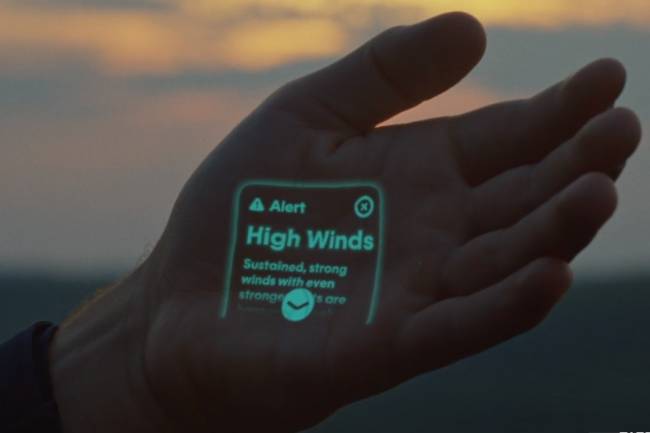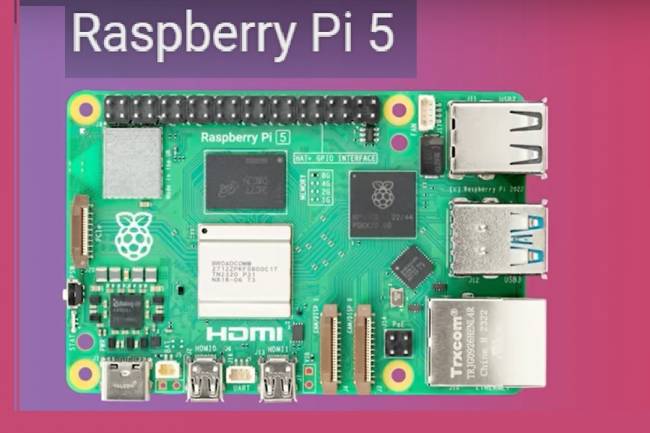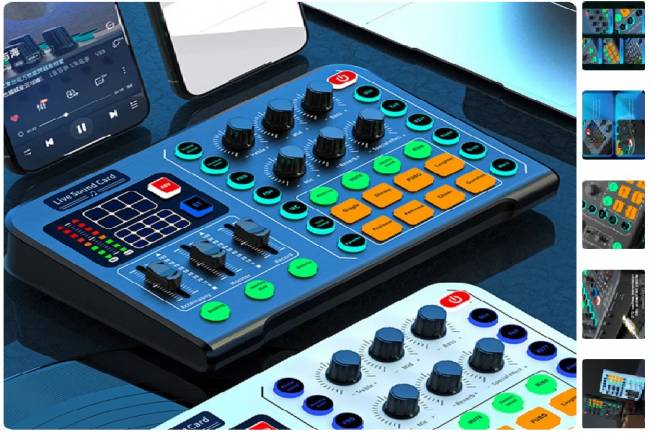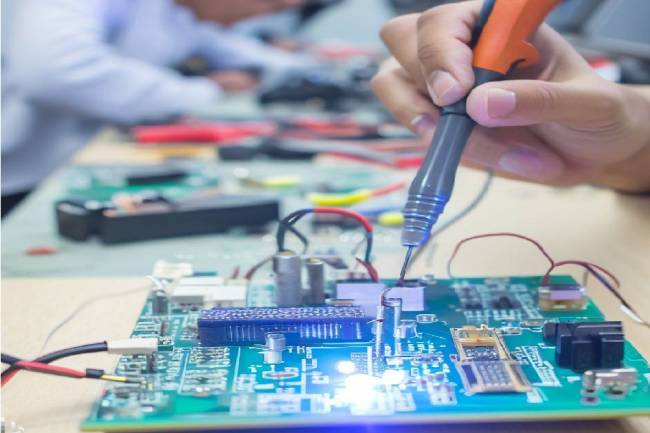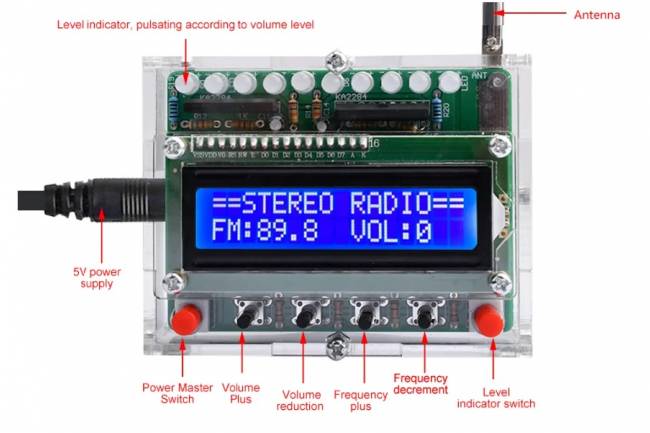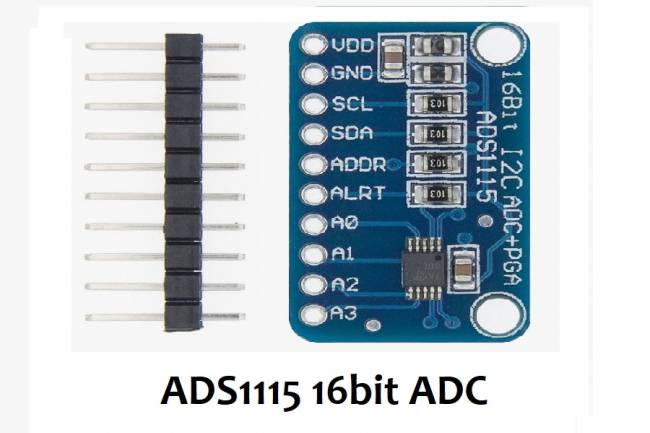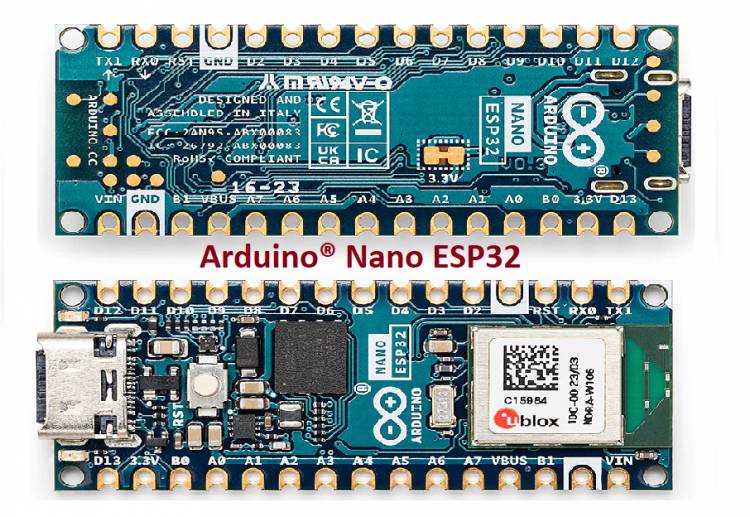
New Product from Arduino to Nano Family: Nano ESP32
New product Arduino Nano ESP32 announced.
This product combines the power of ESP32-S3 with the easy accessibility and comprehensive support of Arduino, making IoT even easier. The nano ESP32 is not only a great option for advanced builders and ESP32 enthusiasts, it's also a great option for those taking their first steps in Python®. It supports Arduino and MicroPython languages and enables seamless switching between them.
Features of the new card include Wi-Fi®/Bluetooth® connectivity, 8MB internal and 16MB external flash memory, 512kB RAM, USB-C® programming port and RGB LED in small Nano form factor. Plus, with plug-and-play debugging, you can get faster turnarounds and more robust results. No extra hardware required, just connect to Arduino IDE 2.
Bringing the popular ESP32-S3 to the Arduino and MicroPython programming world, the Nano ESP32 is a powerful addition to the Arduino ecosystem. Whether you're a newbie to the world of IoT or MicroPython, or an experienced user looking to use it in your next product, the Nano ESP32 is the perfect choice. It is designed to meet all your needs and allows you to start your IoT or MicroPython projects with ease.
The main features of the Nano ESP32 are:
Small size: Ideal for standalone projects, with its compact size designed in a nano form factor.
Wi-Fi® and Bluetooth®: Harness the power of the ESP32-S3 microcontroller with full Arduino support for wireless and Bluetooth® connectivity.
Arduino and MicroPython support: You can switch between Arduino and MicroPython programming in easy steps. An introductory course is even offered for those new to the world of MicroPython.
Arduino IoT Cloud compatible: Build IoT projects quickly and easily with just a few lines of code. A secure setup is provided and it offers the possibility to monitor and control your project from anywhere with the Arduino IoT Cloud application. (Available from August 2023)
HID support: Opens new possibilities for interacting with your computer by emulating human interface devices such as keyboard or mouse over USB.
